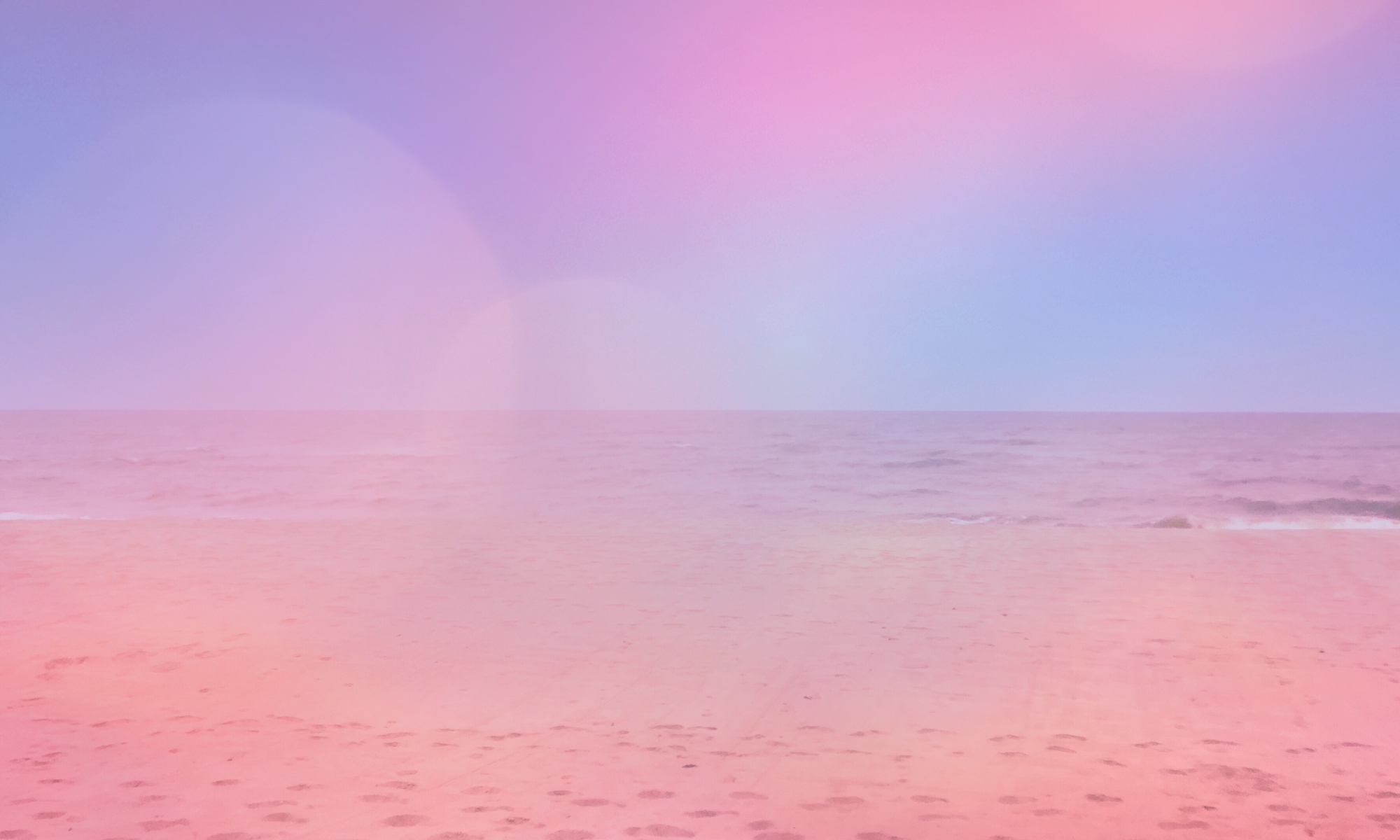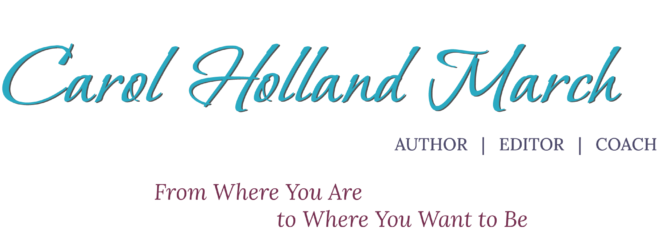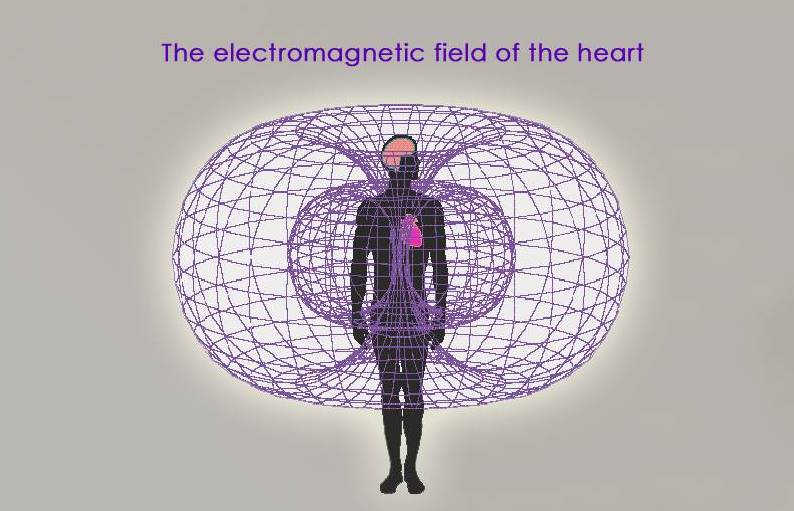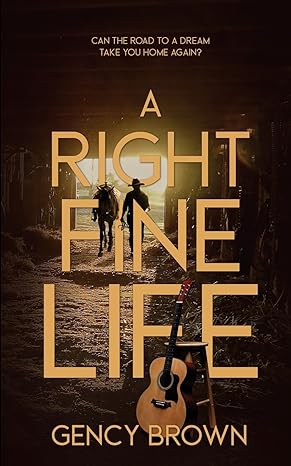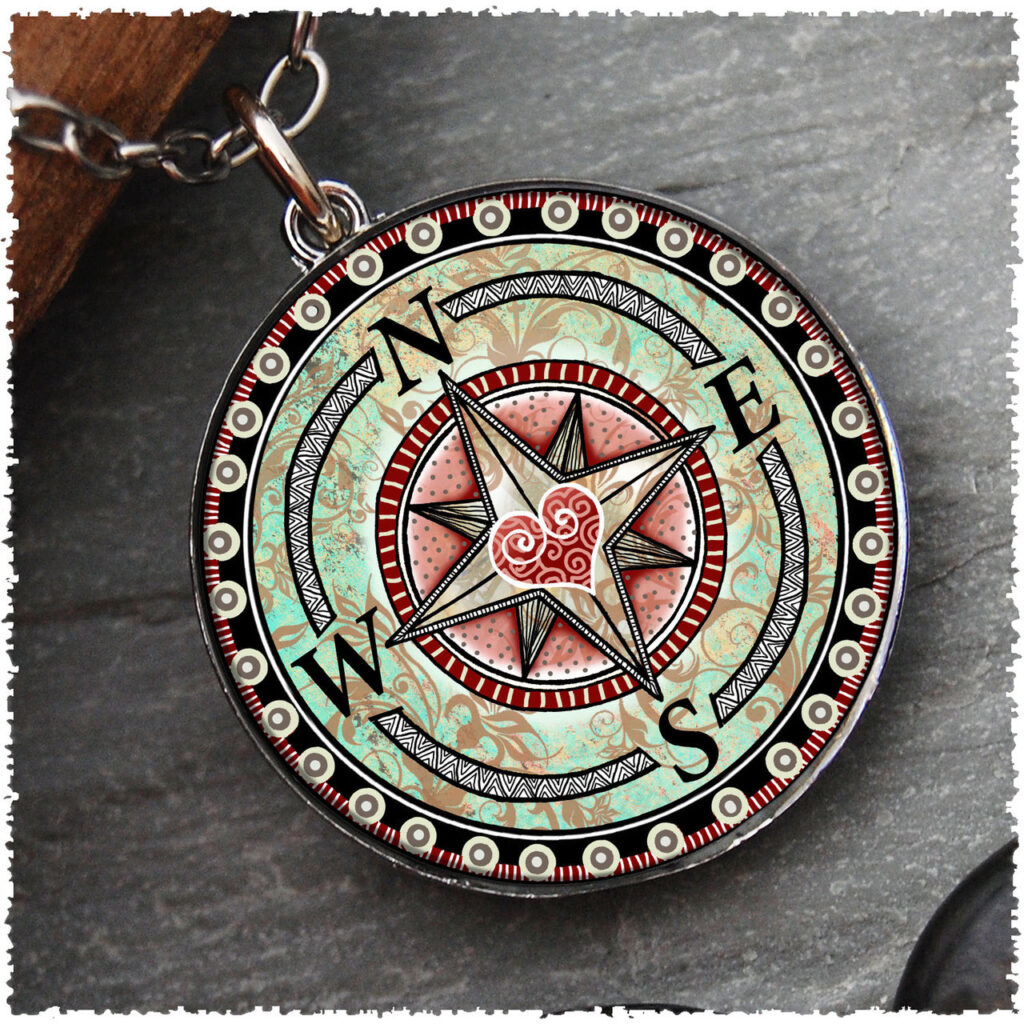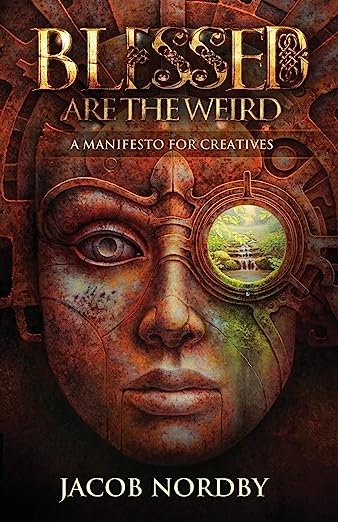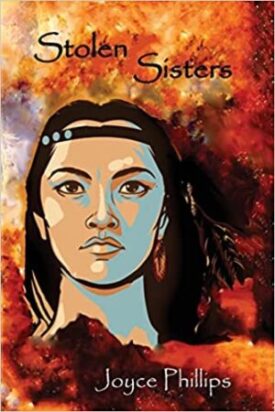
The inner world is endless and infinite. Pregnant with knowledge, it waits for us to turn our attention around so the birth of new ideas, new songs, and new stories can emerge into our everyday world .
The earliest depiction of the infinity concept comes from Ancient Egypt in the form of the Ouroboros—the image of a serpent or dragon eating its own tail. A symbol of eternity and renewal, harmony and balance, and cyclical rhythms, the infinity symbol has spoken through the ages to creatives and spiritual seekers.
Infinity is unlimited potential, and when you put it like that, you realize nothing is stopping you from expressing your authentic self.
But how do we do it? How do we find the right place? The right time?
The creative impulse stirs.
We listen.
We hear the whisper.
We dare new thoughts.
But the impetus fades. Disappointed and a little sad, we notice that the call to create requires more than an impassioned beginning. How do we recapture the feeling that something new is possible?
Ask the Creative Self for guidance, of course. But how?
Demanding that inspiration appear rarely works. That’s how the Greek Muses got their reputation for being flighty and unreliable. The Creative Self must be approached gently. With respect. As you approach that vast reservoir of creative energy, be humble.
The Creative Self operates on a different wavelength. She lives where time is spacious, measured in layers of meaning rather than hours and minutes. As in fairy tales, a day in the inner world might be a year in ours.
With the noise of everyday life, it isn’t easy to hear our authentic voice, which differs in kind from the repetitive mumblings of Practical Self.
You don’t have time for that now, Practical Self states, with smooth assurance.Learning to say no to Practical Self is a muscle that gets stronger with repetition.
Listening for the voice of Creative Self helps you notice how the negative messages of Practical Self reverberate through your mind. Noticing the blocks and letting them go clears the channel.
To deepen your communication with your Creative Self, try this simple exercise.
- Sit quietly in a safe space where you will not be disturbed for ten minutes. If thoughts intrude, let them float by. If negative beliefs come up, say hello to them and bid them goodbye. Notice how your chest expands with each breath. Notice yourself as a conscious mind and a breathing body connected to the earth and sky.
- Imagine all your repetitive thoughts collected in an enormous bubble that floats away at your command.
OR
- Imagine a golden mist covering all the repetitive thoughts like a warm blanket. The thoughts dissolve, leaving an open field of golden light where your Creative Self can play.
Try this before each creative session to deepen the connection to your inner world. Being still and receptive is an invitation. In stillness, Creative Self offers its gifts.

